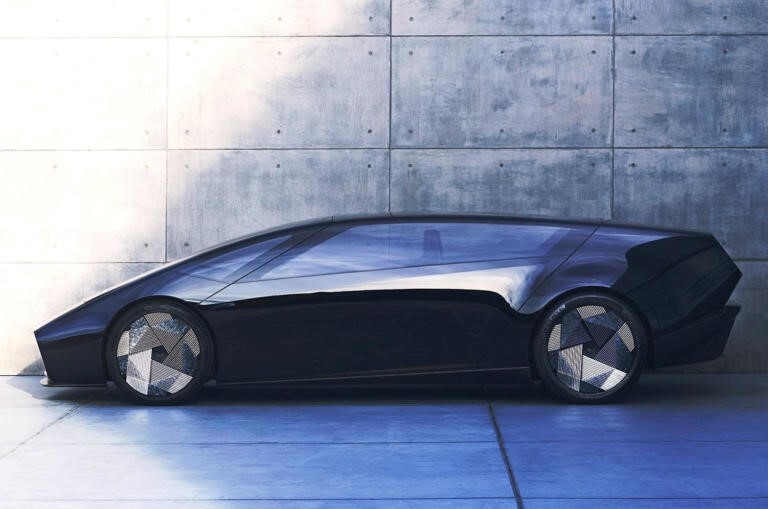

Honda is set to challenge the electric vehicle (EV) market with the introduction of an all-new EV sedan, designed to challenge the likes of the Tesla Model 3 and BYD Seal. This sedan is part of Honda's ambitious 0 Series line-up, which aims to launch seven EV models by 2030. These models will prioritise weight reduction and aerodynamic efficiency while embodying the “joy of driving.”

Central to Honda's strategy is the minimisation of parts in each model, adopting lightweight aluminium chassis structures. This approach, akin to the die-casting technique pioneered by the Tesla Model Y, aims to reduce part complexity, weight, and costs. Such innovation defines Honda’s commitment to leveraging aluminium's unique properties, enhancing both performance and efficiency.
Honda's extensive work with hybrid vehicles, including the latest-generation Civic sedan, has laid the groundwork for the next generation of electric powertrains. The new ‘e-axles’ – integrating a motor, inverter, and gearbox into a single unit – will save approximately 100kg compared to existing EV models. These vehicles will feature all-wheel drive, utilising dual e-axles, and a skateboard platform with a reduced floor thickness for better weight distribution and a sportier driving position.
Each 0 Series model targets a range of over 480km on the US EPA test cycle, reflecting real-world conditions more accurately than Europe’s WLTP standard. Additionally, Honda aims for a 5 per cent return on sales, a challenging goal given the current market dynamics.
Honda plans to produce batteries in-house to cut costs, with a joint-venture factory with Korea’s LG set to begin operations in 2025, boasting a capacity of 40GWh annually. The company is also exploring battery recycling and raw material procurement, aiming to reduce battery costs by 20 per cent by decade's end. Overall, Honda targets a 35 per cent reduction in production costs by 2030.
Honda CEO Toshihiro Mibe previously stated that different battery chemistries would play a role. “Instead of reducing battery size, we want to think about battery technology,” asserted Mibe.
While Honda’s global EV plans are ambitious, the brand is also focusing on the ACE (Asian Compact Electric) project, with models like the made-in-India Elevate-based e-SUV targeting both domestic and export markets.
If you wish to learn more about the use of aluminium in the transportation sector, please have a look at AL Circle's special report, Future of Aluminium in the Transportation Sector.



Responses






